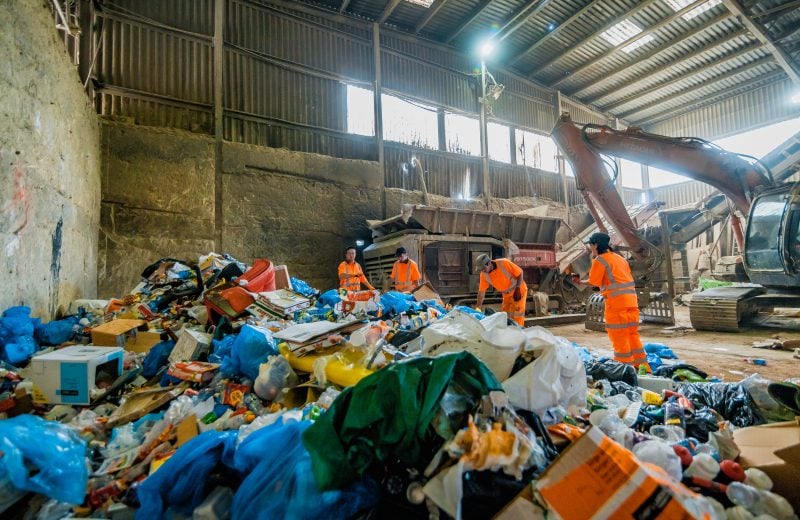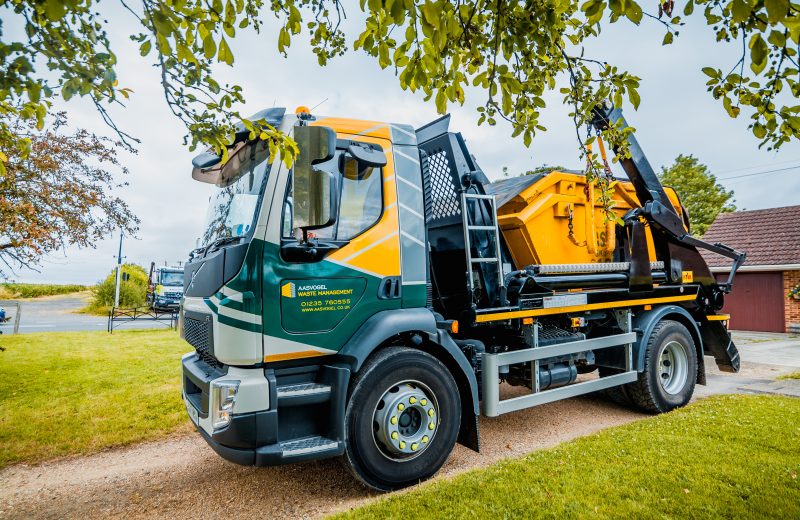In today’s world, reducing our reliance on single-use plastics is crucial for environmental sustainability. At Aasvogel we are committed to recycling plastic waste and transforming it into valuable resources through an efficient and sustainable process.
Step 1: Collection and Transportation
Aasvogel collects plastic waste from various sources, including homes, businesses, and industrial facilities. The collected plastic is transported to our Waste Transfer Station, where the journey towards recycling begins.
Step 2: Manual and Mechanical Segregation
Upon arrival at the Waste Transfer Station, the plastic waste undergoes a thorough process of manual and mechanical segregation. Experienced staff sort through the waste, removing non-recyclable items like metal, glass, and contaminated materials. Mechanical separators then further refine the plastic stream, separating different types of plastics based on their density and physical properties.
Step 3: Baling and Bulking
The sorted plastic is compressed into large bales to maximise storage efficiency and facilitate transportation to recycling facilities. These bales are then transported to our processing partners, who further break down the plastic into granular or pelletized form.
Step 4: Reprocessing and Upcycling
At these processing facilities, the plastic undergoes a series of chemical and mechanical treatments to transform it into new products. PET bottles, for instance, can be recycled into new bottles, fibers for clothing or carpets, or even food-grade packaging. HDPE containers can be repurposed into new containers, garden furniture, or construction materials.
Step 5: Market Placement and End Use
The recycled plastic pellets or flakes are then distributed to manufacturers who use them to create a wide range of products, reducing the demand for virgin plastics and their associated environmental impact.
By partnering with recycling facilities and manufacturers, we contribute to a circular economy, where plastic waste is not discarded but given new life, reducing our environmental footprint and fostering a more sustainable future.



